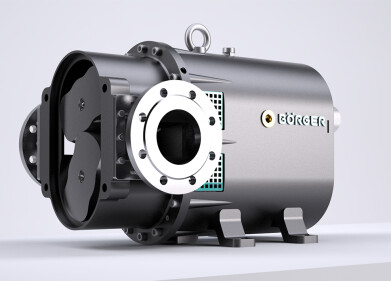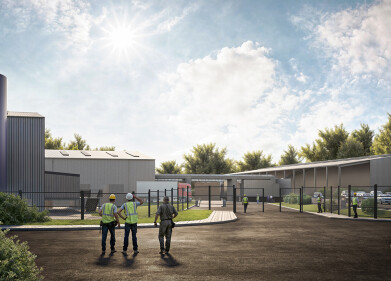Waste management
What is Plastic Photodegradation?
Aug 19 2015
The durability and long-life of plastic is one of its most attractive features from a production standpoint and is one of the reasons it is so widely used in almost every aspect of our lives. It should not come as a surprise, then, that this very durability makes plastic difficult to break down and degrade in the atmosphere.
Waste plastics are becoming an increasing concern, in particular with regard to the amount of plastic in our seas and oceans. Waste material that is either illegally dumped or improperly managed is funnelled by wind and rain towards a water source, where it will resist degradation for years, decades or even centuries.
Photodegradation is the process by which a substance is altered via photons, especially those found in the wavelengths of the sun’s rays. Though photodegradation does eventually degrade plastic, this is a very slow and inefficient process.
How Does Photodegradation Work?
The sun’s rays have capabilities in its ultraviolet light (UV light) and infrared radiation which bring about the incorporation of oxygen molecules into the plastic, a process known as oxidation. As more and more oxygen intermingles with the polymer in the plastic, it becomes brittle and easier to break into ever diminishing pieces.
Eventually, the pieces of plastic will become small enough to be consumed by microorganisms, which are able to metabolise it and convert it to carbon dioxide (CO2) or absorb it into their own biomolecules.
On the whole, this is an incredibly lengthy process, often taking as much as 50 years or more for the sun to completely break down the plastic and for the microbes to assimilate the polymer molecules. This process becomes even more arduous and protracted when it takes place underwater. Because of the negligible rate of hydrolysis of most plastics in the ocean and of the lower temperatures, sunlight exposure and oxygen availability in seawater, the whole thing can take significantly longer.
Because of these reasons, people often turn to alternative methods of plastic disposal, such as landfill sites or incineration facilities. However, neither of these alternatives are very eco-friendly nor efficient. While recycling plastic is a more favourable alternative, it too is not a cost-effective option and has an unimpressive rate of efficiency.
Biodegradable Plastics
In an attempt to speed up the photodegradative process, scientists have attempted to create biodegradable plastic which is much more easily broken down by sunlight and absorbed by microorganisms. For example, six-pack rings found on cans of beer or soft drinks have been biodegradable since the 1990s.
It is hoped that more widespread use of biodegradable plastics can help to not only reduce stray waste on sea and land, but also maximise recycling targets. Only 8.2% of all discarded plastics were recovered in 2010, largely due to the fact that the plastics are often mixed up with organic waste (such as food scraps, liquids and paper), making them difficult and expensive to separate and clean.
In the event of using compostable or biodegradable plastics, this separation and sanitising would not be necessary, since the plastic itself would also be compostable. As such, photodegradation and biodegradable plastic are seen by many as the forward-thinking way to deal with polymer waste.
Events
Feb 16 2025 Kampala, Uganda
Feb 26 2025 Chennai, India
Feb 26 2025 Tulsa, OK, USA
WATERTECH CHINA (GUANGDONG) 2025
Mar 05 2025 Guangdong, China
Mar 11 2025 Amsterdam, Netherlands














